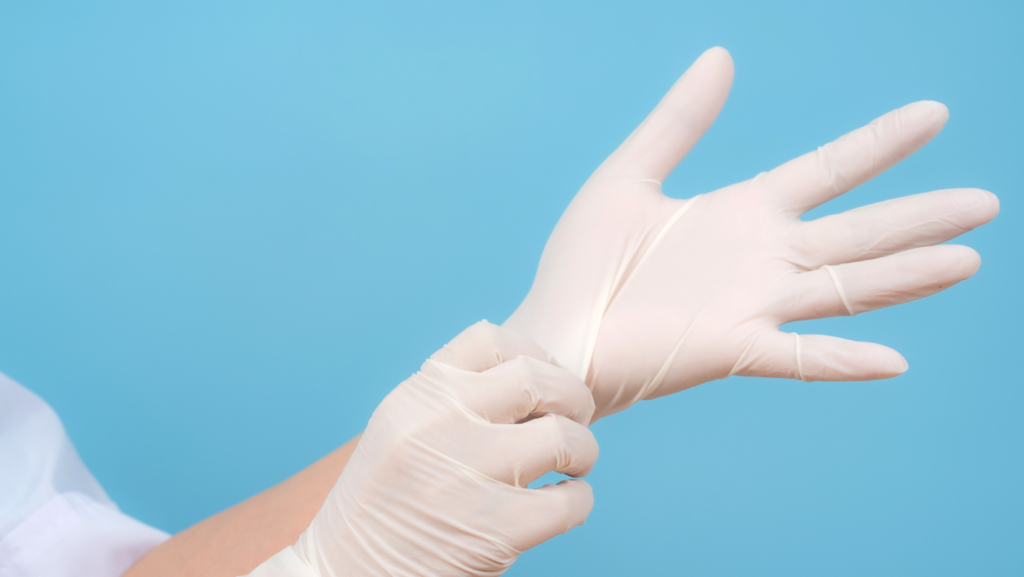Sterile protective clothing plays a crucial role in maintaining a clean and safe environment in various industries, from healthcare to food production. As someone who has worked in these fields for years, I understand the importance of following proper procedures when it comes to wearing and using sterile protective clothing.
Performs All Procedures in Sterile Protective Clothing Using Sterile Technique
When it comes to procedures in sterile protective clothing using sterile technique, the importance of wearing the right gear cannot be stressed enough.
1.Preventing Contamination: The primary purpose of sterile protective clothing is to prevent the transfer of harmful microorganisms and particles. Sterile technique, combined with the use of appropriate attire like gloves, gowns, masks, and more, helps to minimize the risk of contamination.
2. Maximizing Safety: Wearing sterile protective clothing not only protects the wearer but also those around them.
3. Enhancing Precision: Sterile procedures demand precision and attention to detail. The act of donning sterile protective clothing requires meticulous steps to ensure that every piece is properly worn and secured.
4. Complying with Regulations: In many industries, the use of sterile protective clothing is not merely a recommendation, but a regulatory requirement. Regulatory bodies, such as the Occupational Safety and Health Administration (OSHA) in the United States, set specific guidelines for the use of sterile clothing in various professions.
Types of Sterile Protective Clothing
When it comes to maintaining a clean and safe environment in industries that require sterile protective clothing, it’s essential to understand the different types available. These types of clothing serve a vital role in preventing contamination and ensuring maximum safety. Let’s take a closer look at some common types of sterile protective clothing:
- Coveralls: Coveralls provide full-body protection, covering both the body and limbs. They are typically made from materials like polypropylene, which are lightweight, breathable, and resistant to chemicals. Coveralls are designed to minimize the risk of contamination and offer a barrier against liquids, particles, and microbes.
- Gloves: Gloves are an integral part of sterile protective clothing, as they protect the hands from potential contamination. Nitrile gloves, for example, are commonly used due to their resistance to punctures, chemicals, and biological hazards. They are disposable and help maintain a sterile environment by preventing direct contact with the skin.
- Gowns: Gowns provide upper-body protection and are available in different styles, such as open-back or full-back. They are commonly used in healthcare settings during procedures that require sterile technique. Gowns are typically made from nonwoven materials that offer fluid resistance and prevent the spread of contaminants.
- Shoe covers: Shoe covers, also known as booties, are worn over shoes to minimize the risk of spreading contaminants from one area to another. They are often made of non-skid materials to prevent slipping and are disposable to maintain cleanliness in sterile environments.

Sterile Clothing in Different Healthcare Settings
In various healthcare settings, procedures in sterile protective clothing using sterile technique are of utmost importance to ensure the safety and well-being of both healthcare professionals and patients. The use of proper sterile clothing plays a crucial role in maintaining a clean and sterile environment, preventing the spread of infections, and minimizing the risk of contamination.
- Hospitals
- Clinics and Outpatient Facilities
- Laboratories
- Pharmaceutical Industry
Sterile Tech Best Practices
When it comes to procedures in sterile protective clothing using sterile technique, there are several best practices that I follow to ensure maximum safety and minimize the risk of contamination. These practices are essential in maintaining a clean and sterile environment in various industries, especially in healthcare settings. Here are some key guidelines:
- Hand hygiene: Before donning sterile protective clothing, it is crucial to practice proper hand hygiene by washing hands thoroughly with soap and water or using an alcohol-based hand sanitizer. This step helps to eliminate any potential bacteria or germs on the hands.
- Proper gowning and gloving: Gowning and gloving techniques vary depending on the type of sterile protective clothing being used. It’s important to follow the specific instructions provided for each type to ensure proper coverage and minimize the risk of contamination.
- Inspecting and maintaining sterile clothing: Before using any sterile protective clothing, I always inspect it for any signs of damage or contamination. This includes checking for tears, holes, or stains that could compromise its effectiveness. It’s crucial to discard any damaged clothing and replace it with new, sterile attire.
- Maintaining a sterile field: While wearing sterile protective clothing, it’s essential to maintain a sterile field by avoiding unnecessary movements and minimizing contact with non-sterile objects. This helps to prevent the spread of bacteria and maintain the integrity of the sterile environment.
- Adhering to proper dressing and undressing techniques: When removing sterile protective clothing, I follow the proper dressing and undressing techniques to minimize the risk of contamination. This includes carefully removing gloves, gown, and other protective gear in a controlled manner without touching any non-sterile surfaces.
Conclusion
Sterile protective clothing plays a crucial role in maintaining a clean and safe environment in various industries. By preventing contamination, maximizing safety, and enhancing precision, sterile clothing helps uphold the highest standards of patient care. The different types of sterile protective clothing, such as coveralls, gloves, gowns, and shoe covers, are essential in healthcare settings like hospitals, clinics, outpatient facilities, laboratories, and the pharmaceutical industry.
